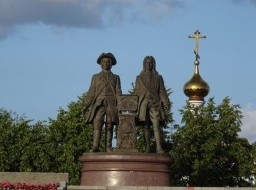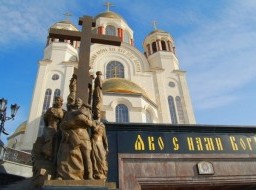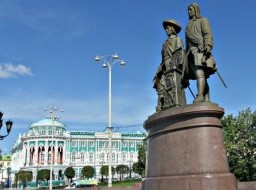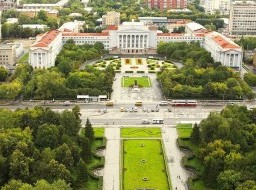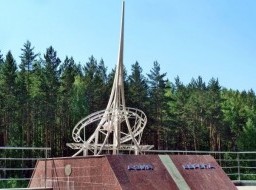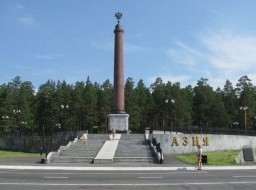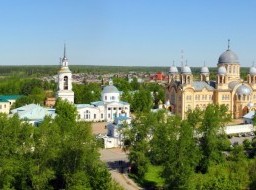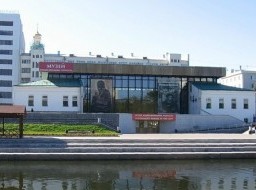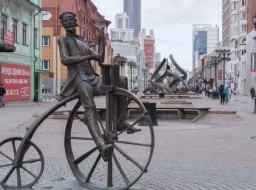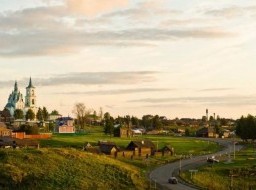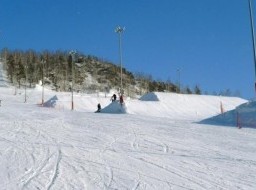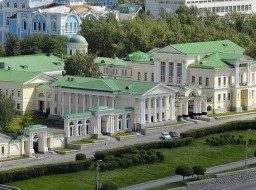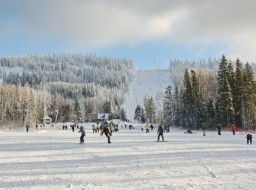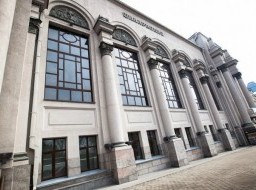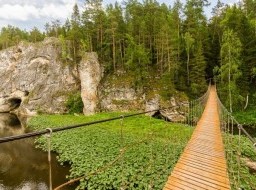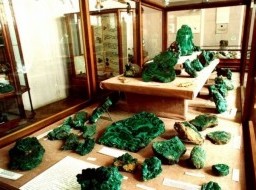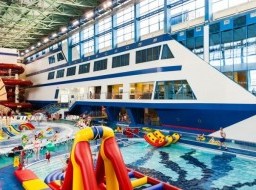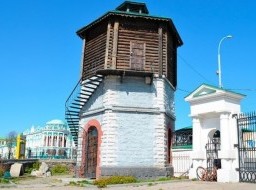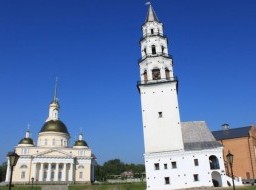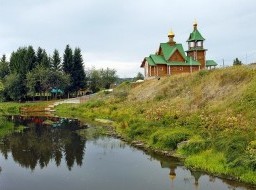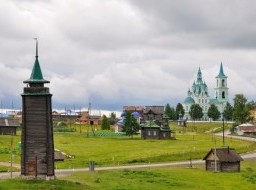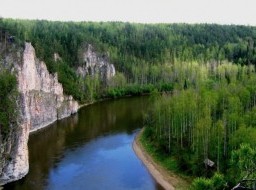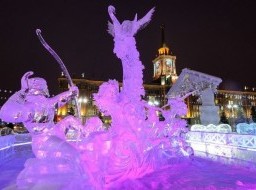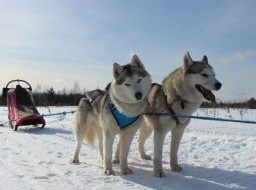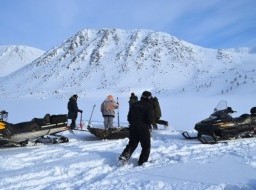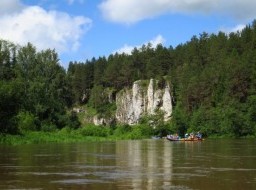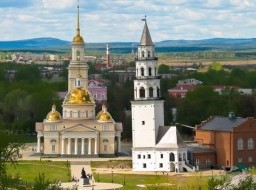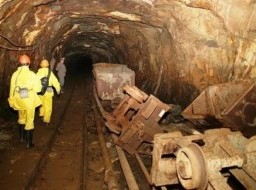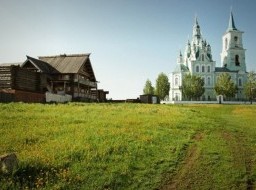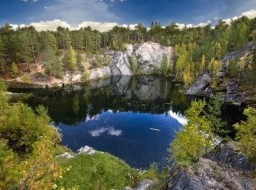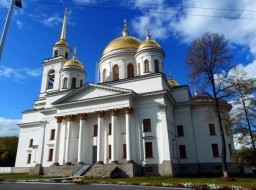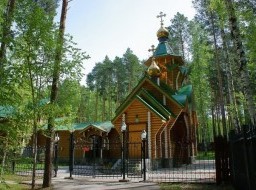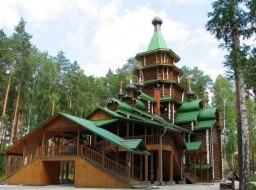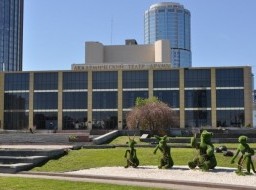In the spring of 1723, under the decree of Emperor Peter I on the banks of the Iset River, the construction of the largest iron-making plant in Russia began. A free-flowing river stream blocked the dam, next to it the factory shops and church rose, and even the streets of the houses stretched out. On all sides surrounded by a new settlement powerful defensive structures.
The date of birth of the city was the day of November 7 (18), 1723, when a pilot launch of combat hammers was carried out in the workshops. In honor of the Empress Catherine I and the patroness of the mountain crafts of St. Catherine the Great Martyr, the fortress was named Yekaterinburg. The real name of St. Catherine is Dorothea. She was born in Alexandria in 294, she studied philosophy, rhetoric, poetry, music, mathematics, astronomy and medicine in a pagan school. The monk-sirian converted her to Christianity. After baptism she received the name Catherine. During the persecution of Christians during the reign of Emperor Maximinus at the beginning of the IV century, Catherine publicly declared her faith in Jesus Christ, for which she was executed. According to the legend, after the execution, the angels transferred the body of Catherine to the top of the highest mountain Sinai, which they named her.
All construction in Yekaterinburg went according to the master plan developed by the pupil of the artillery academy M.S., who arrived from Olonetsky factories. Kutuzov. The first general plan of Yekaterinburg testifies that the construction of the city on Iset was conducted according to the best examples of the fortification art of Germany, the Netherlands and France. The European character of the city was reflected not only in its name (the German "burg" in translation into Russian means "city"), but also in planning.
Ekaterinburg was erected as the capital of the mining region, stretched on a huge territory on both sides of the Ural ridge, in two parts of the world - Europe and Asia. The Yekaterinburg plant itself in the first years of operation exceeded all other metallurgical enterprises not only in the country but also in the world in terms of technological equipment.
In 1725 in Yekaterinburg was opened a coin ("paid") courtyard, for a century and a half provided the Russian state with a copper coin. In 1726 the Granular Factory was built, which became the main supplier of products from the Urals gems to the state power of St. Petersburg and many European capitals.
Empress Catherine I gave Ekaterinburg a name, and Catherine II in 1781 granted him the status of a city. During the reign of Catherine II through the young city paved the main road of the Russian Empire, which to the west of Yekaterinburg was called the Moscow tract, and to the east - the Great Siberian. Thus, Yekaterinburg became a key city to the boundless and rich Siberia, a "window to Asia", just as St. Petersburg was a Russian "window to Europe."
In 1807, the role of the capital of the mining region was confirmed by awarding it the status of the only "mountain city" in Russia. Until 1863, Yekaterinburg remained under the control of the head of the mining factories of the Ural ridge, the finance minister and the emperor personally, and enjoyed considerable freedom from the governor's power. Since 1830, the mountainous city of Ekaterinburg has become a center of mechanical engineering. At state-owned and private mechanical factories, production of mining and metallurgical equipment, water turbines and steam engines was established.
